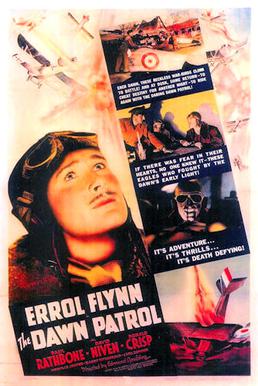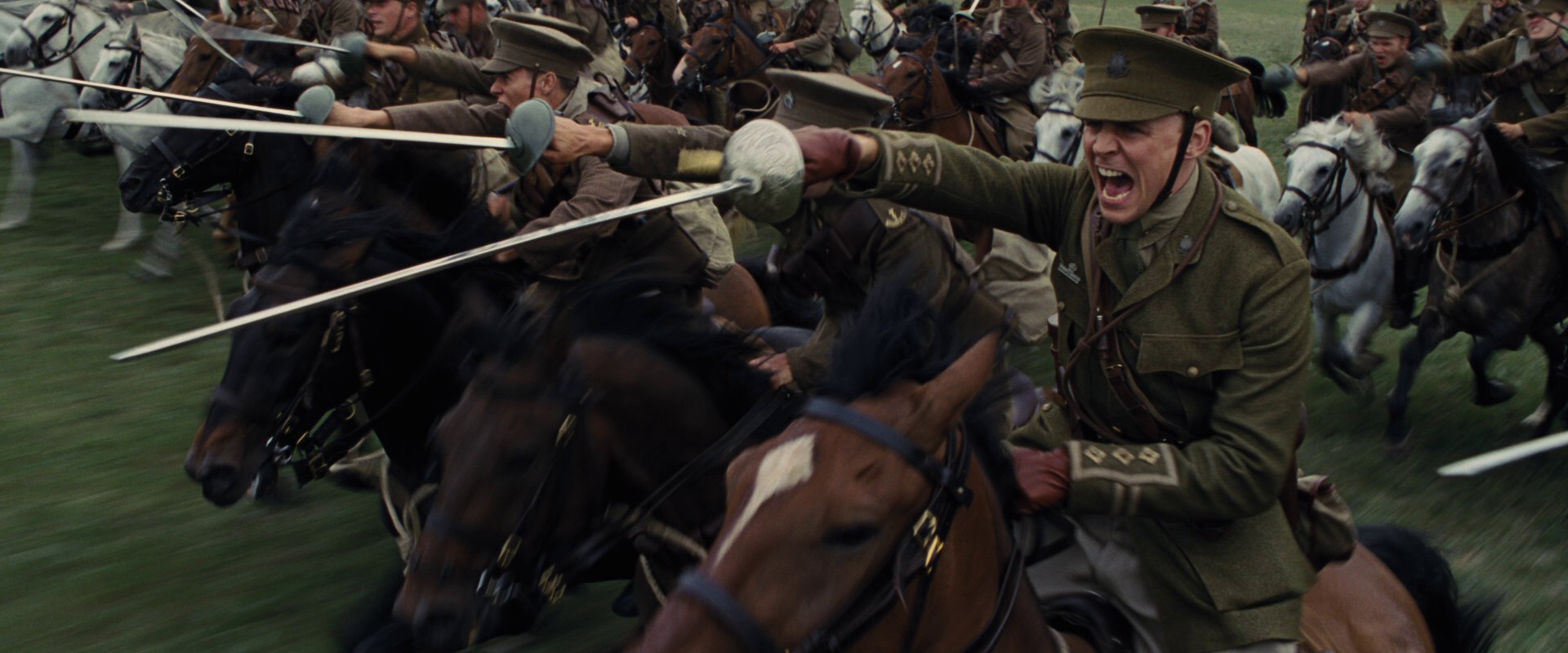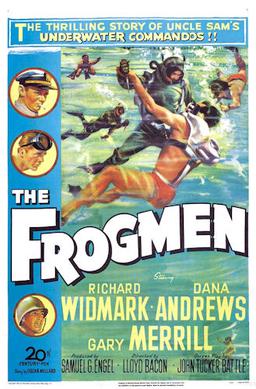I
had looked forward to seeing Netflix’s “The King” since I first heard about
it. I love British history. King Henry V is my second favorite king
(behind Henry II). My favorite British
battle is Agincourt. My favorite
Shakespeare play is “Henry V”. A movie
about Henry V and the Battle of Agincourt was something to get excited
about. There was reason to believe it
would be good because the most recent foray into British military history, “Outlaw King”, had been decently entertaining.
There was reason to be worried because we already have two excellent
movies based on Shakespeare’s “Henry V”, so what could a new take offer. It was sold as more of a biopic of Henry, which
he certainly deserves. The movie was the
brainchild of director David Michod (“War Machine”) and his co-writer actor
Joel Edgerton. There screenplay was loosely
based on Shakespeare’s “Henriad” – Richard II, Henry IV parts 1 & 2, and
Henry V. But mostly Henry V.
The
movie starts with Henry walking through the detritus of a battlefield and
finishing off a wounded enemy. That’s
the Henry I know. Except it is not Henry
V, it’s Henry Percy (Tom Glynn-Carney).
At a meeting with King Henry IV (Ben Mendelsohn), Percy has the temerity
to mouth off to him. Again, like the
Henry I know. Our first view of the titular
Henry (Timothee Chalamet) is as a wastrel living above a tavern and partying
with Falstaff (Joel Edgerton). This is
the Henry we all know from the “Henry IV” plays. He hates his dad like a teenager who has been
grounded and had his cell phone taken away.
And behaves like it. He wants nothing
to do with the throne and his father has turned to his younger brother Thomas
as successor and commander of an expedition against the rebellious Percy. Hal, as his buds call him, is a pacifist, but
he shows up to help little bro and offers to duel Percy to settle the dispute. Not one single member of the British army is
willing to put money on the Robert Smithesque Hal.
The duel is a realistically sloppy armored fist fight. This rite of manhood does not change
Henry. He still has those daddy issues
and is down-right rude at Henry IV’s deathbedside. His ascension promises changes of policies
and détente with all enemies. However,
war mongers influence Henry into declare war on France. It’s off to France to lay siege to Harfleur
and get his butt whipped by a huge French army of armor-clad knights at a place
called Agincourt. Well, that’s what
should have happened, but according to this movie Henry’s appointment of his
drunken puke bucket holder Falstaff as commander is the key to victory.
Sir
Laurence Olivier and Kenneth Branagh both took on “Henry V”. They were faithful to the play which was
faithful to the life of Henry.
Shakespeare was no historian, but he consulted them for his historical
plays. Michod decided to neither read “Henry
V” nor about Henry V, apparently. I fear
that viewers will think they are learning a little about the famous king. It’s one thing to fictionalize a biopic for
entertainment purposes, it’s another to fabricate a large portion of that
biography and often depict the opposite of what actually happened. This movie is both an historical atrocity and
a Shakespearean atrocity. I’ll go into more
detail in the accuracy section below, but right now let’s focus on Falstaff, a
beloved figure in the Shakespearean universe.
He is a main character in the “Henry IV” plays and the pre-coronation
Falstaff is as portrayed by Edgerton.
But Edgerton co-wrote the movie and clearly wanted to have a major part
in the second half of the movie. What to
do about the fact that Falstaff does not appear in “Henry V” and is referenced
to have died in bed before the invasion fleet sailed? Disregarding the death, Edgerton decides to
enhance his role by having Henry appoint Falstaff his commander (which I must
admit had Henry’s advisers rolling their eyes in sync with me). This allows Falstaff to go on the expedition
where he laconically spouts platitudes whenever Henry asks for advice. Just when you think Henry will finally come
to his senses and kick the buffoon out of the tent, Edgerton, I mean Falstaff,
comes up with a brilliant strategy that Henry implements because Falstaff’s
knee can predict rain. Don’t ask. Edgerton then leads the assault.
I
suspect Michod/Edgerton calculated that there are few people like me who are both
Shakespeare and history purists. The
screenplay is proud of thumbing its nose at the source material. And frankly, it has no interest in even being
faithful to reality. Much of what
happens is laughable in a movie that lacks a sense of humor. This in spite of having Falstaff in it! Not only is Falstaff’s transformation from
drunkard to tactician ludicrous, but Henry’s character development is
problematic. Others have referred to him
as “Emo Hal”. He goes from peacenik to
reluctant warrior to ruthless royal in a short time. The real Henry went from toper (which may
have been exaggerated by Shakespeare) to take-no-prisoners ruler. He is dragged into a war with France. His personality as king was almost the opposite
of what is portrayed in the movie.
Chalamet’s performance will be shocking for anyone expecting Olivier’s
or Branagh’s Henry. Of course, if Michod
had asked Chalamet to match those actors, it would have been a disaster. Note that Henry’s speech before the battle is
not even close to the superfamous “Band of Brothers” speech. Chalamet would have sounded silly trying to
pull that off. Instead he histrionically
yells something about uniting England and fighting for your small piece of England. Speaking of disasters, the Dauphin (the son
of the French king) is played by Robert Pattison, who apparently read his
history so cursorily that he confused the insane king with his son. The performance could best be described as
campy. While Chalamet is channeling
Robert Smith, Pattison is Pauly Shore. Batman
fans need to be very worried.
The
movie looks fine. Although clearly low
budget in scale, they did have access to British castles for interiors. The battle was filmed in Hungary and used 300
men and 80 horses. The armor appears
appropriate for the Late Middle Ages.
There’s a lot of clanking. While
wildly inaccurate on tactics, the climactic melee is realistically brutal. Michod restages the “Battle of the Bastards”
from Game of Thrones with Falstaff playing Jon Snow! Michod solves the denouement problem of the
play and both movies by twisting the closing scenes that boringly involve Henry’s
wooing Princess Catherine (Lily-Rose Depp). For you “Twilight” fans, don’t look for any
fireworks here. But you might like the
anachronistic feminism of Catherine.
I
have seen a lot of bad war movies, but my reviews of them are my opinion and I
seldom flat-out tell my readers not to watch a movie. I have to make an exception here. As a fan of Henry V and Agincourt, I can not
recommend this trashing of Shakespeare and history. If you have not seen Olivier’s or Branagh’s
movies, please do. They are great and
you will learn a lot about Henry V and Agincourt. If you insist of watching this movie, please
treat it as total fiction. Decide for
yourself if it is bad fiction.
GRADE = F
FAITHFULNESS: Normally, I call these
sections Historical Accuracy, but here I will discuss how close the movie is to
the plays and the real Henry V. Henry
Percy did rebel against Henry IV. He did
not demand that Henry ransom Mortimer from the Welch and accuse him of being a
bad king. Instead the rebellion was due to money issues
involving the Percy family. He was
killed at the Battle of Shrewsbury, but not in a duel with Hal. He was killed by an arrow. Hal was at the battle with his father and
fought bravely. He was wounded by an
arrow to his face. In a puzzling adherence
to history, Chalamet sports a scar on his cheek. Take that, history nerds. And he really did have that bowl cut hairdo.
If
you believe Shakespeare, Hal was on the outs with his father over
policies. For instance, Henry IV was
reluctant to go to war with France, but Hal was for it. He was hardly a peacenik. Shakespeare has probably exaggerated his
wastrel ways. Falstaff is the only
fictional main character in the movie. Hal was banished from the court due to
disagreements with his father. However,
he had reconciled with his father at the time of his death and his father did want
him to succeed. Thomas was never
seriously considered. Thomas did not die
before Henry IV. In fact, he went to France
with his brother and died in battle there.
Falstaff was banished from Henry V’s court as depicted in the film, but
he was not reinstated. He died miserably
before Henry left for France.
The
leadup to the war is a bit more grounded in history and Shakespeare. According to Shakespeare (Willie may have
invented the story), Henry gets a gift of tennis balls from the Dauphin
insultingly suggesting he chose play over war.
Why Michod went with one tennis ball instead of several must have been a
budget issue. The Archbishop of
Canterbury did argue that French Salic Law supported Henry’s claim to the
French throne, but this was not to convince him, but to give him justification
for the invasion. Henry was set on the
French kingship from day one. The
executions of Cambridge and Grey are the most accurate historical incident in
the movie. This was the Southampton Plot. There were actually three nobles who were
beheaded. The movie is unclear as to
Cambridge’s motivation, historians feel he was bribable and wanted Henry
overthrown.
William
Gascoigne (Sean Harris) was Henry’s main adviser, but he did not go on the
expedition and died peacefully in bed. The
siege of Harfleur is poorly handled. The
movie gets credit for depicting trebuchets in action, but they probably fired rocks
against the walls, not fireballs. (Henry
also had cannons, not shown in the movie.) Who wants to capture a burned-out city? For character arc purposes, Henry refuses to
launch a bloody assault on the city.
Probably because Pattison was not capable of that “Once more into the breech”
moment. The movie makes no reference to
the terrible dysentery that hit Henry’s camp. The city falls as if by miracle
when actually it was a long and bitter siege. The city surrendered when no
relief came.
After
Harfleur, with his exhausted army dwindling and still suffering from dysentery,
Henry made the very questionable decision to march to a different port to return
to England. The movie greatly downplays
that horrible march through enemy territory.
Finally, the march ended in what should have been disaster with a powerful
French army blocking the path to the port.
Henry certainly did not go to see the Dauphin to propose a duel! The Dauphin was not even with the French army
(although Shakespeare had him there). The
Dauphin was likely similar to the way Olivier/Branagh portray him – a snobby,
overconfident prince, but not a loony.
As far as Henry’s plan, he was open to a deal, but when nothing
acceptable was offered, he was determined to fight. The plan (which was probably the result of
Henry’s discussion with his commanders) was to play defense and lure the French
knights to attack him on a muddy field.
He gave his “Band of Brothers” speech before the battle because he was
virtually the only Englishman that thought they could win. Unlike Chalamet’s speech, Shakespeare has
Henry basically promising his men that their victory will bring glory to them
all. Henry did not send out a phalanx of
foot-bound knights to provoke the French.
In the actual battle, when the French refused to attack, Henry moved his
army closer and started pelting them with arrows. This resulted in a charge by knights on
horseback who were hit by a blizzard of arrows.
Subsequently, French attacks were by dismounted knights wading through
the mud to get to the British. This did result
in a melee similar to the movie. Although
the movie battle is chaotic (how did they know who to kill?), it appears that
the archers got involved, which would be accurate. Overall, the movie barely suggests the key
role the longbowmen played in the victory.
They fire only two volleys in the movie.
Henry did fight in the battle, but he would have been wearing more than just
a breastplate. (Branagh’ version is the
closest cinema has come to the actual battle.)
The duel with the Dauphin is ludicrous, but does provide us with possibly
the worst death in war movie history. Robert
Pattison did his own stunt! After the
battle, the now hardened Henry orders the execution of the prisoners because
they were not secured and they might rejoin their comrades if the French
attacked again. In reality, Henry did order
this, but the battle was still going on and he was concerned by a report that
the baggage train had been raided.
The movie implies Henry meets
the French king soon after the battle and the king surrenders. This meeting actually occurred four years
later, after Henry returned to England and then launched his second expedition. Part of the deal was the hand of
Catherine. Michod junks the charming
scene where Catherine learns English from her hand maid for one where she goes
unmedieval on his ass, saying “I will not submit to you, you must earn my
respect.” She then tells him there was
no French assassin and questions the tennis ball message. Henry then has an “aha!” moment that results
in a major headache for William Gascoigne.
The only thing true here is Henry married Catherine (and then proceeded
to ignore her for most of the marriage).
.jpg)





